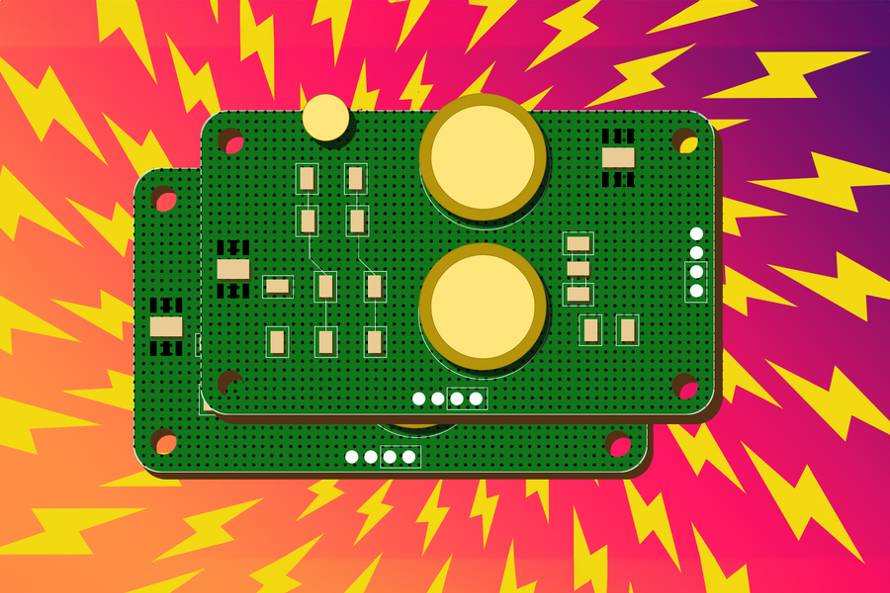MIT researchers have made a sensor that doesn’t need a battery and can get power from its surroundings. This sensor could be handy in hard-to-reach places, like inside a ship’s engine, where it can collect data on power use and operations for a long time.
The researchers built a temperature-sensing device that gets energy from the magnetic field around an electrically charged wire. You can clip the sensor around a wire, like the one powering a motor, and it will automatically store energy to monitor the motor’s temperature.
The Emanuel E. Landsman Professor of Electrical Engineering and Computer Science, Steve Leeb, says it’s “ambient power” because you don’t need a specific connection, making the sensor easy to install.
The researchers share a design guide in their paper, featured in the IEEE Sensors Journal, for making an energy-harvesting sensor. This guide helps engineers balance the available environmental energy with their sensing needs.
The researchers also overcame three key challenges: making the system able to start with no initial voltage, storing and converting energy efficiently without a battery, and developing control algorithms to manage energy.
The system has circuits and transistors to start even without voltage. It stores energy using capacitors instead of batteries, avoiding extra complexities and fire risks. Control algorithms continuously measure and budget the collected, stored, and used energy, deciding when to turn the sensor on or off.
The researchers built an energy management circuit for a temperature sensor using this design framework. The device harvests magnetic field energy, constantly samples temperature data, and sends it to a smartphone via Bluetooth.
The team plans to explore less energy-intensive ways to transmit data and aims to predict how much energy a sensor might need for more effective data gathering. The work is supported by the Office of Naval Research and The Grainger Foundation.


